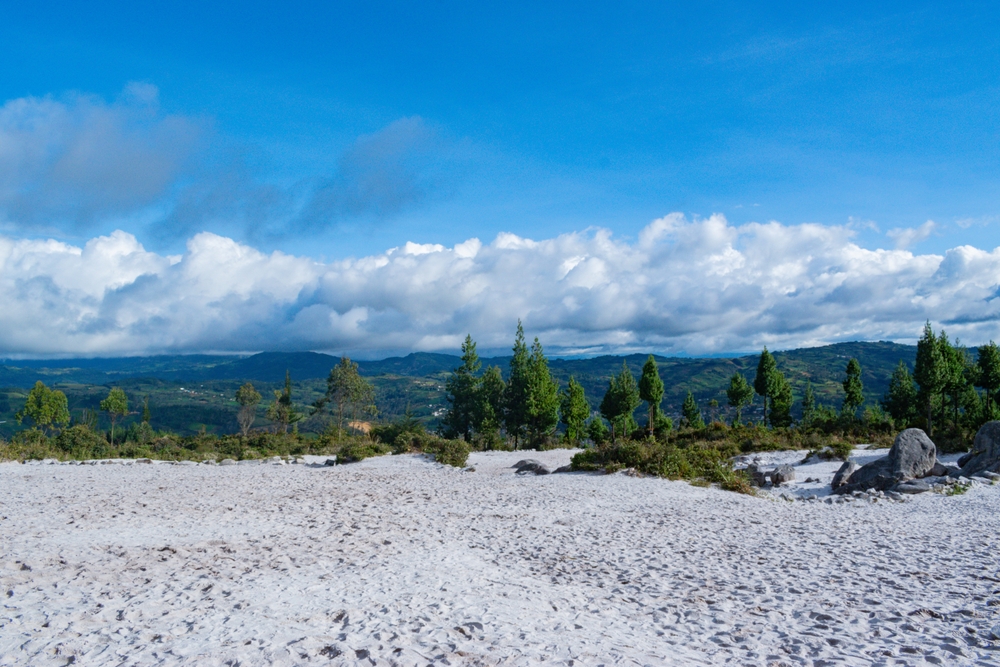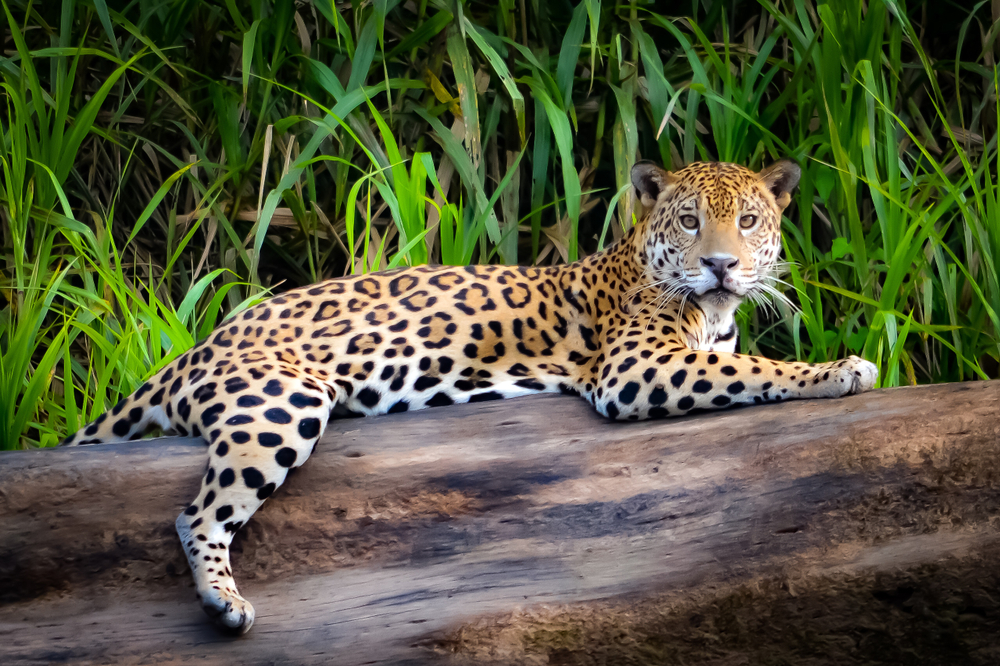Güeppí-Sekime Overview
Güeppí-Sekime National Park, located in the northeastern region of Peru, is a sprawling protected area covering approximately 2,750 square miles (7,136 square kilometers) within the Loreto region.
Nestled within the vast Amazon rainforest, the park lies near the borders of Ecuador and Colombia, forming part of a crucial transboundary conservation corridor. It is a vital component of the larger Güeppí Reserved Zone, which also includes the Airo Pai and Huimeki Communal Reserves, ensuring the protection of an ecologically rich and biodiverse landscape.
The park’s name is derived from the Indigenous Secoya and Kichwa communities that have long inhabited and stewarded this land, maintaining deep cultural and ecological ties to the region.
The park is characterized by an intricate network of rivers, oxbow lakes, and dense lowland rainforests, creating a mosaic of ecosystems that sustain remarkable biodiversity. The Putumayo and Napo rivers, two significant tributaries of the Amazon River, weave through the landscape, serving as lifelines for both wildlife and local communities.
Towering emergent trees, such as kapok and mahogany, rise above the lush canopy, while a dense understory of ferns, bromeliads, and orchids thrives in the humid conditions. Swamps and seasonally flooded forests add to the park’s ecological complexity, supporting an array of aquatic and terrestrial species.
Güeppí-Sekime National Park is a sanctuary for a diverse range of wildlife, many of which are endangered or rarely seen elsewhere. Among the most iconic mammals found within the park are jaguars, pumas, and ocelots, stealthy predators that roam the dense forest. The Amazonian tapir, one of South America’s largest land mammals, thrives in the park’s wetlands, while giant otters can be spotted along its rivers.
Several species of primates, including red howler monkeys, black-mantled tamarins, and white-bellied spider monkeys, swing through the treetops. The birdlife in the park is equally spectacular, with harpy eagles, scarlet macaws, and the striking hoatzin among the avian residents. The park’s waterways also support freshwater dolphins, an emblematic species of the Amazon basin.
Visitors to Güeppí-Sekime National Park are drawn by its pristine wilderness and opportunities for immersive ecotourism. Birdwatching, guided jungle treks, and river expeditions offer unparalleled encounters with the park’s flora and fauna.
Canoeing along the Putumayo River provides a chance to see riverine wildlife, while night safaris unveil the nocturnal creatures of the Amazon. Indigenous communities within the park share their knowledge of medicinal plants and traditional practices, offering cultural exchanges that deepen visitors’ appreciation of the rainforest. Due to its remote location, access to the park is primarily by boat, with guided tours ensuring sustainable and respectful exploration.
Conservation efforts within Güeppí-Sekime National Park have been instrumental in safeguarding its biodiversity. As part of a larger protected network, the park benefits from collaborative management strategies involving Indigenous groups, conservation organizations, and governmental agencies.
Challenges such as illegal logging, poaching, and land encroachment persist, but ongoing initiatives focusing on community-led conservation and sustainable resource use offer promising solutions. The park’s designation as a national park in 2012 marked a significant milestone in protecting this critical segment of the Amazon rainforest, securing its ecological integrity for future generations.














































































